Currently Empty: $0.00
Tai Chi Knowledge
Tai Chi health benefits chronic conditions evidence
Tai Chi started as an old Chinese fighting style. Now it’s a well-liked workout with lots of health perks. Its soft, easy moves mean anyone can do Tai Chi, no matter their age or fitness level. That’s why it’s great for both body and mind.
Table of Content
- How does Tai Chi improve balance and flexibility?
- Can Tai Chi help manage chronic pain conditions?
- What cardiovascular benefits does Tai Chi offer?
- Is Tai Chi effective for stress and anxiety reduction?
- How does Tai Chi benefit cognitive function?
- What makes Tai Chi suitable for all fitness levels?
- How to find qualified Tai Chi instructors?
- What equipment is needed for Tai Chi practice?
- How often should one practice Tai Chi for results?
- Can Tai Chi complement other exercise routines?
- What scientific evidence supports Tai Chi benefits?
- How does Tai Chi compare to other mind-body practices?
- What precautions should beginners take with Tai Chi?
Here we’ll look at what science says about Tai Chi’s benefits, how it helps with long-term health issues, and easy ways to make it part of your routine. No matter if you’re new to Tai Chi or have been doing it for years, knowing all its health benefits helps you get the most out of it.
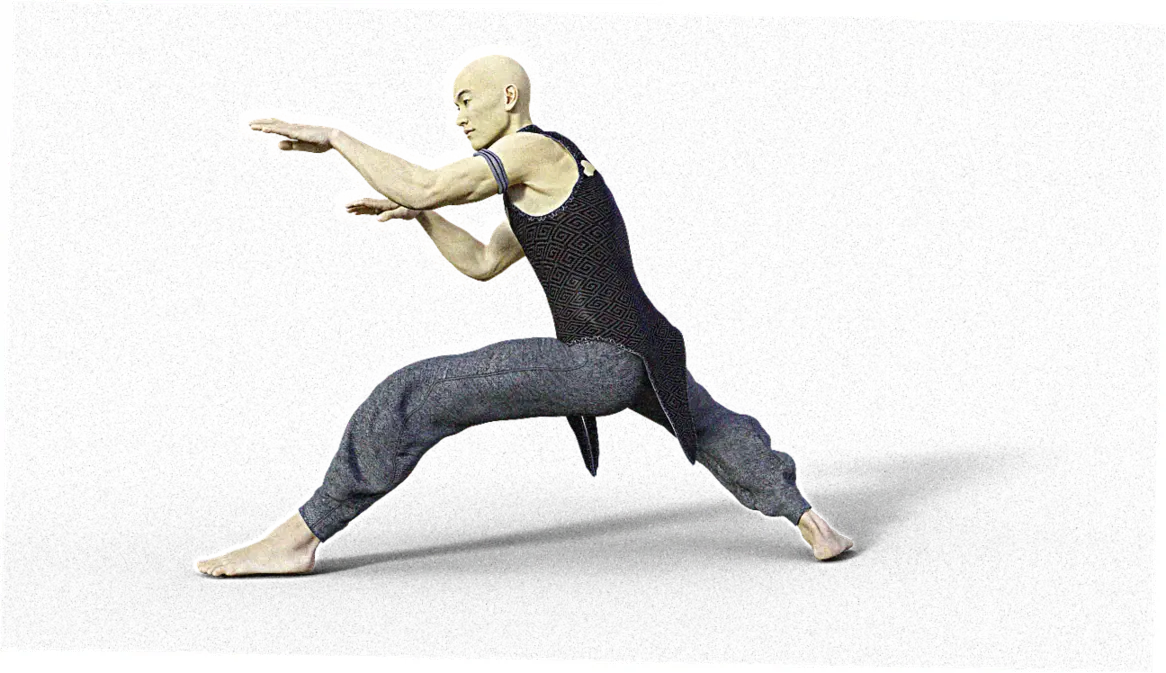
How does Tai Chi improve balance and flexibility?
The slow, careful moves in Tai Chi boost balance and flexibility. These are super important for staying mobile, especially as we get older. Research proves doing Tai Chi regularly cuts down fall risks. It does this by helping your body sense where it is in space better.
A big 2017 study showed Tai Chi lowered seniors chances of falling by 43%. The smooth movements stretch and tone muscles gently. They don’t stress your joints much, so they’re perfect if you have arthritis or trouble moving around.
If you’re new to Tai Chi, try simple moves first like Cloud Hands. These help you get more flexible. Teachers often say to stand near a wall or chair when starting out. It gives you something to hold onto while you work on your balance.
What’s great about Tai Chi is you can change the moves to fit what you can do. You still get all the good effects. When you get more flexible, you’ll stand straighter and feel less stiff, especially in your back and shoulders.
Tai Chi isn’t just good for your body. The meditation part helps you understand your body better. Moving slowly and paying attention helps connect your mind and body. This makes you more coordinated.
Because of this mind-body link, therapists now use Tai Chi moves to help stroke patients and people with Parkinson’s get better. Moving your body while focusing your mind gives you a complete way to get better balance and flexibility. Not many other workouts do this.
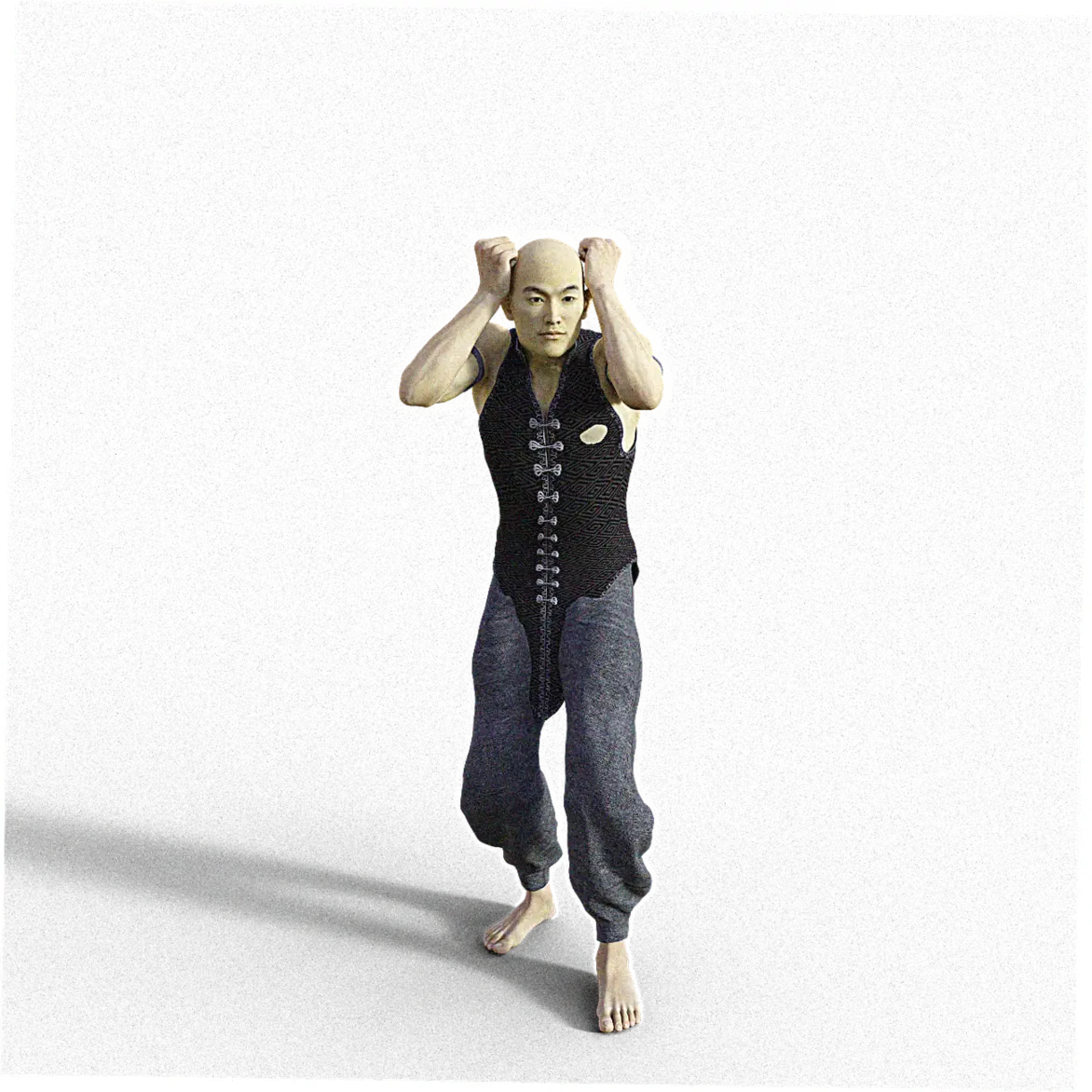
Can Tai Chi help manage chronic pain conditions?
More and more research shows Tai Chi can help with ongoing pain like arthritis, fibromyalgia, and bad backs. A big 2020 review of 21 studies with 2,500 people found Tai Chi helped with pain better than regular treatments by themselves. The easy moves get your blood moving without hurting your joints. This can ease swelling and stiffness that come with long-term pain.
People with fibromyalgia seem to get extra help from Tai Chi’s mix of moving, breathing, and meditating. A Tufts study showed fibromyalgia patients hurt less after 12 weeks of Tai Chi than after doing regular cardio workouts.
The careful moves teach your nerves to react differently to pain. This might help with the extra sensitivity that comes with fibromyalgia. Lots of people also slept better and felt less tired – big wins for those dealing with constant pain.
If you’re using Tai Chi to manage pain, doing it regularly is what works. The pros say do it three times a week at least to really feel the difference.
Start with short 10-15 minute sessions if you’re new. You can go longer as you get used to it. Find a good teacher who knows how to adjust moves for your specific pain issues. Like if your knees hurt from arthritis, your teacher can change the poses so you don’t make it worse but still get the good effects.
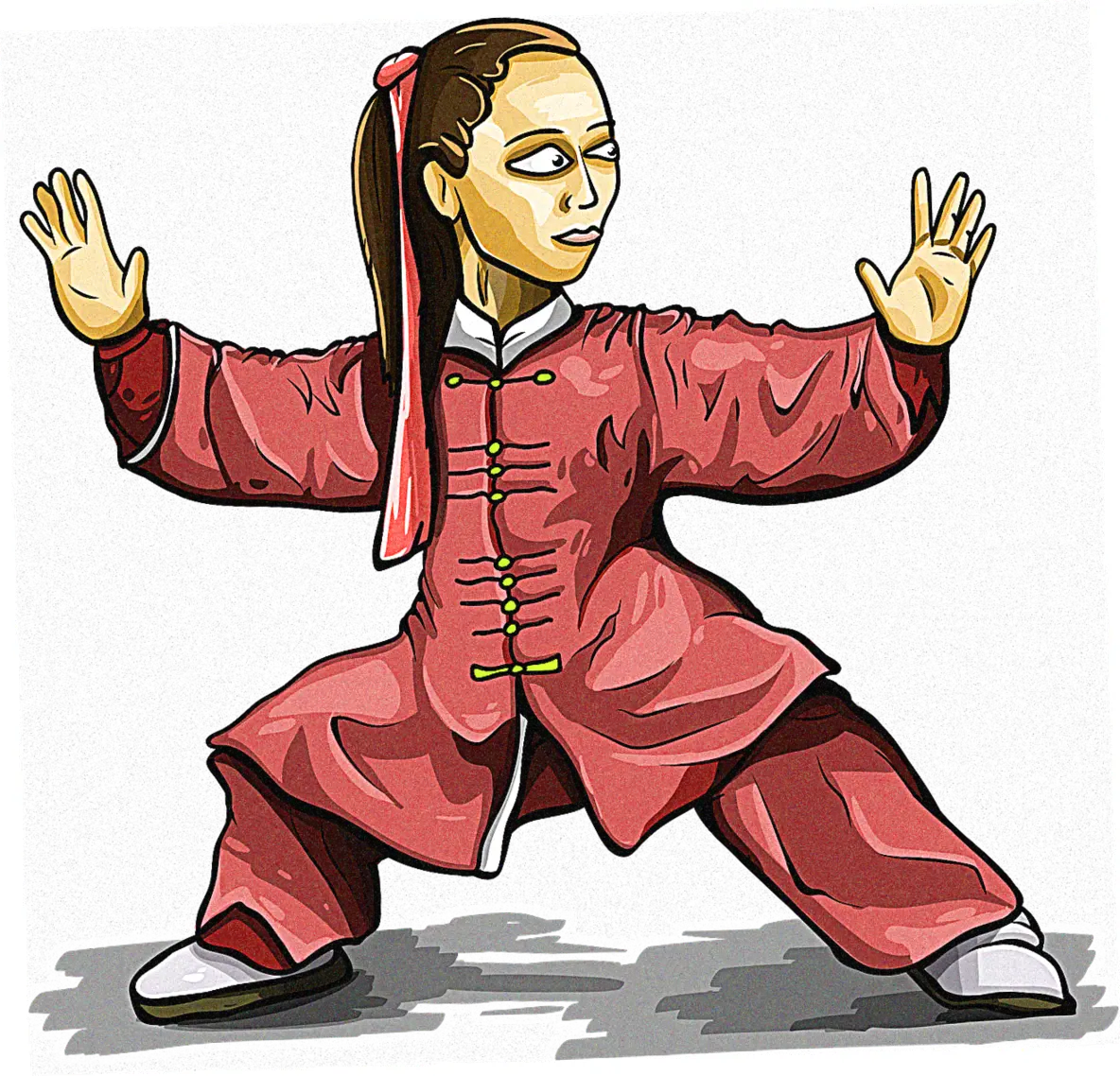
What cardiovascular benefits does Tai Chi offer?
Even though Tai Chi seems easy, it’s actually good for your heart – sometimes as good as harder workouts for some people. A 2021 heart study tracked people with heart disease for half a year. Those doing Tai Chi got just as much better at cardio as those doing regular heart rehab exercises. The special breathing helps keep your heart rate steady, which is great for heart health. The constant gentle moves give you a light cardio workout too.
If you have high blood pressure, Tai Chi’s calming effects might help keep it in check. One study found three months of Tai Chi lowered top blood pressure numbers by 12-16 points in people with hypertension. That’s as good as some blood pressure meds! Breathing deep while moving carefully seems to calm your nervous system and take pressure off your blood vessels.
More heart doctors are telling people who’ve had heart attacks or heart failure to try Tai Chi as a safe workout. Hard workouts can be tough on weak hearts, but Tai Chi gives you cardio benefits without making your heart race or BP shoot up. Lots of heart rehab programs now include simple Tai Chi moves patients can keep doing at home to stay heart-healthy between doctor visits.
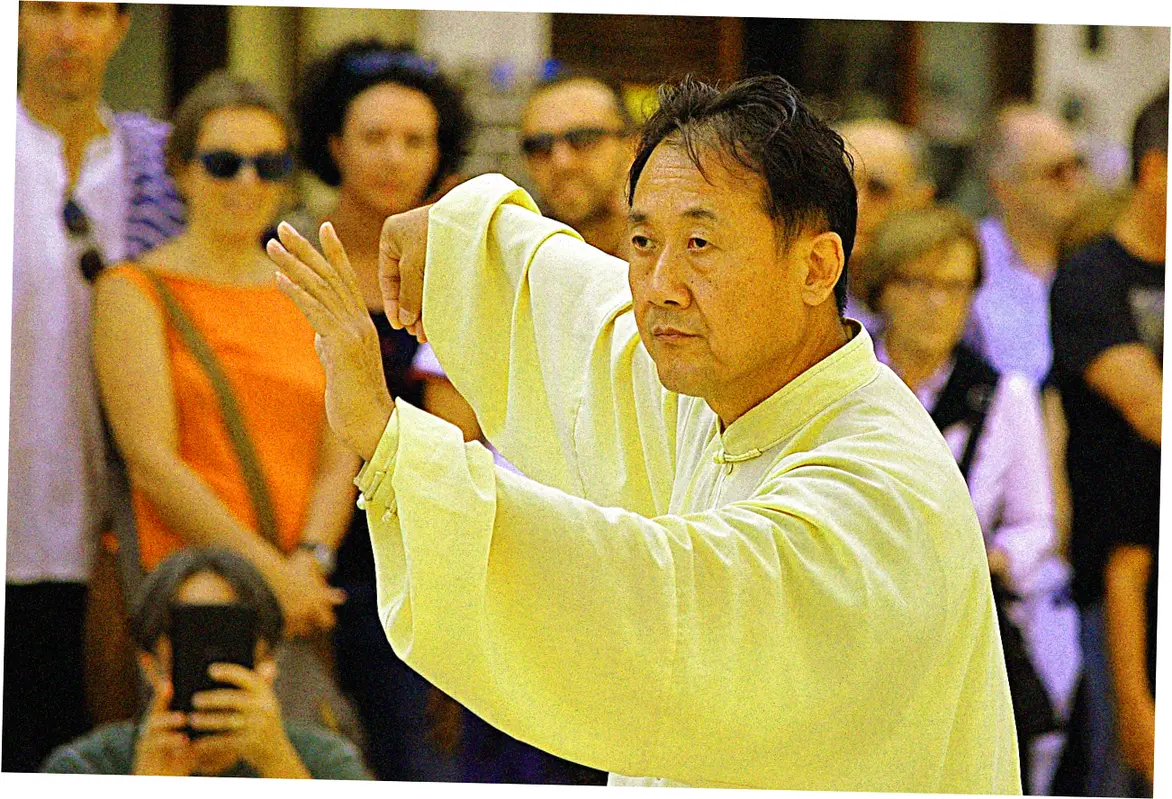
Is Tai Chi effective for stress and anxiety reduction?
In today’s hectic life, Tai Chi fights stress and worry by mixing gentle exercise with meditation. Lots of research shows it cuts stress hormones and boosts happy chemicals in your brain. A big 2018 review of 17 studies found Tai Chi really helped lower anxiety in all kinds of people – stressed students and vets with PTSD alike.
What makes Tai Chi so good for stress? It combines three things: moving, controlled breathing, and focusing your mind. Unlike just sitting still to meditate, Tai Chi’s easy movements loosen tight muscles from stress. The steady breathing turns on your body’s chill-out mode. Lots of people say it’s like meditating while moving – your worries melt away as you focus on what you’re doing right now.
To really ease anxiety, try doing Tai Chi outside in nature if you can. Moving mindfully in nature seems to make the stress relief even stronger.
Just 10 minutes can break the worry cycle and clear your mind. More companies are swapping coffee breaks for Tai Chi breaks to help workers handle job stress without meds.
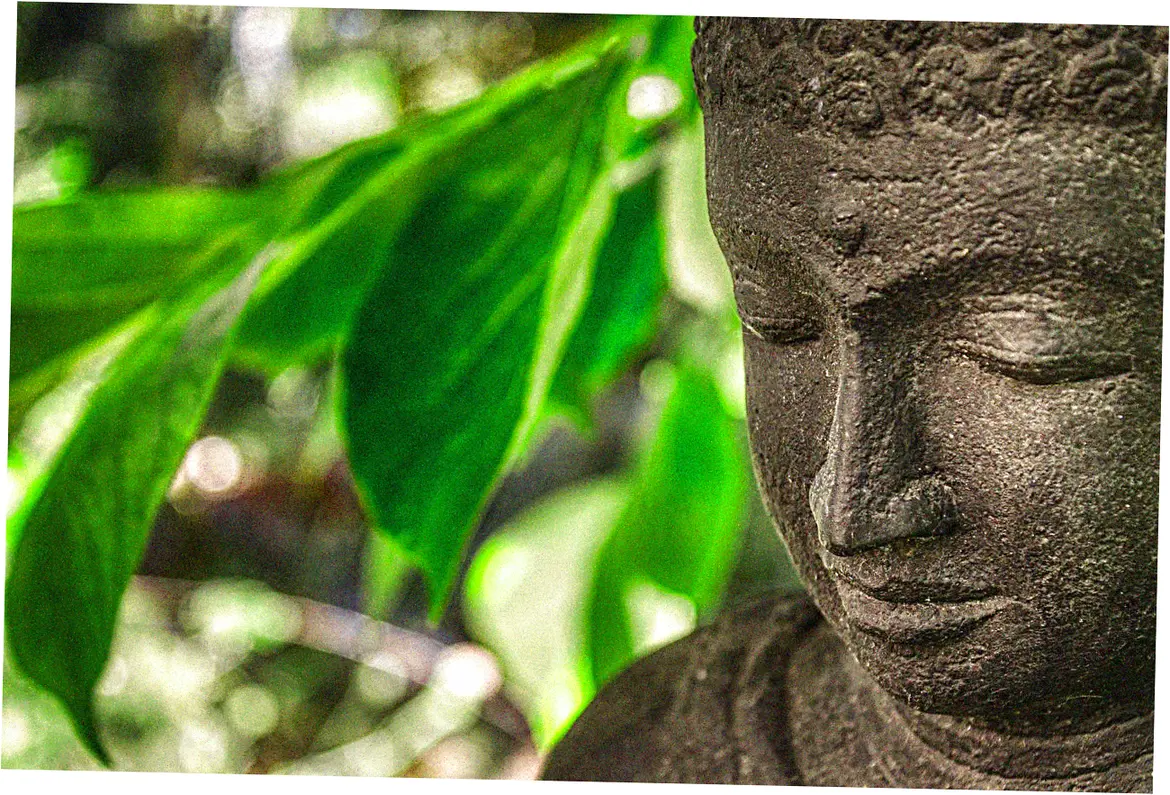
How does Tai Chi benefit cognitive function?
New studies show Tai Chi might keep your brain sharp and slow memory loss. A long-term study tracked seniors for 40 weeks. The Tai Chi group’s minds stayed sharper than those who didn’t practice. Tai Chi helps your brain in several ways: better blood flow, less swelling, and making new brain connections by remembering tricky moves.
If you’re worried about dementia, Tai Chi looks especially helpful. It hits all three big things the WHO says prevent dementia: moving your body, using your brain, and being social (if you do it with others). Remembering the moves works your short-term memory. Shifting your weight and turning boosts your sense of space – both things that often get worse with age.
Brain experts think Tai Chi helps because it makes you do two things at once – move carefully while keeping good posture and steady breathing. This double-duty thinking seems to beef up connections in the brain parts that handle planning and focus. Some dementia care places now use easy Tai Chi with good results – people seem happier, more involved, and their thinking tests improve.
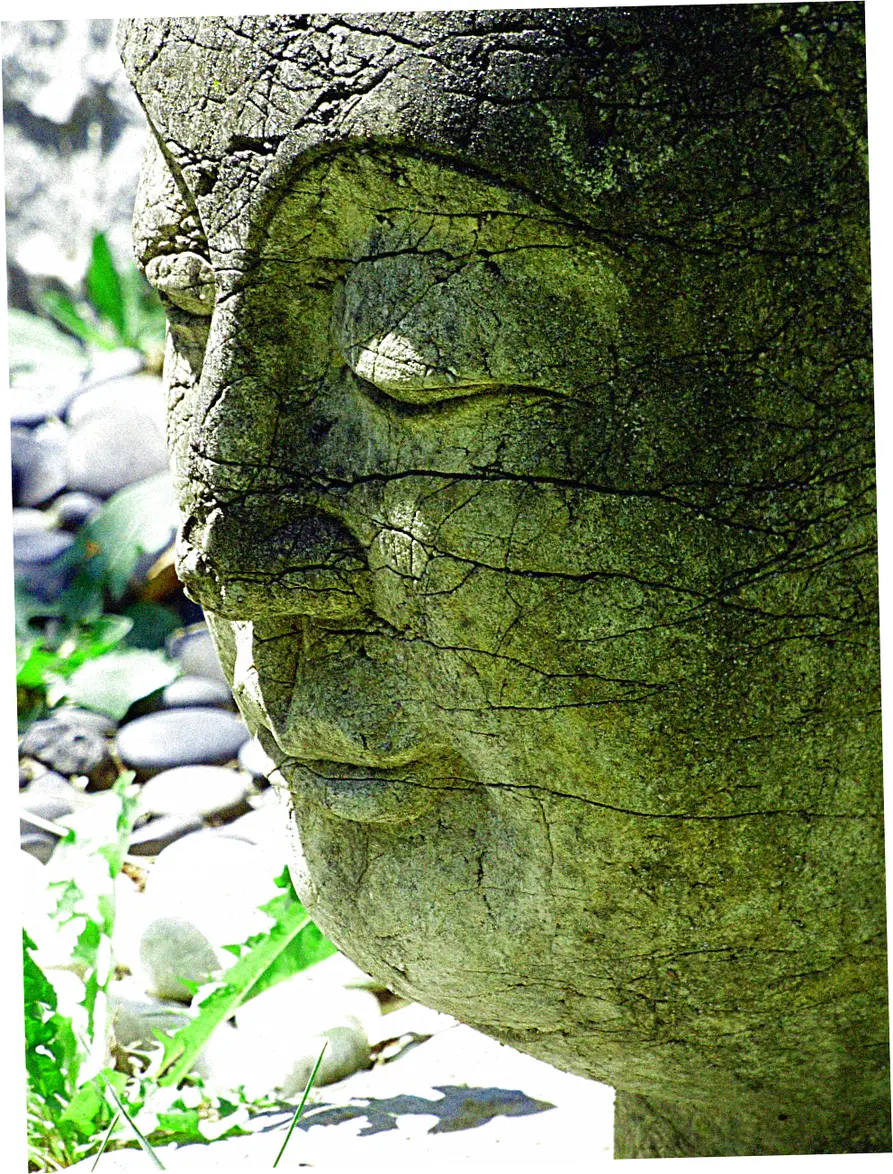
What makes Tai Chi suitable for all fitness levels?
Most workouts need you to be somewhat fit already, but Tai Chi works for anyone at any level. You can change it up for any ability – whether you’re in a wheelchair or a pro athlete.
It’s more about moving right than moving far, so you get benefits even if you can’t stretch much. That’s why there are special Tai Chi classes for cancer survivors, MS patients, and moms-to-be.
If you’re healing or dealing with long-term sickness, Tai Chi is a safe way to start moving again. Going slow lets you pay attention to how your body feels so you don’t push too hard.
Lots of PTs suggest Tai Chi to help people transition from rehab back to normal workouts. Even bedbound patients can practice modified seated Tai Chi that maintains the practice’s core principles while accommodating mobility limitations.
The absence of expensive equipment or specialized facilities makes Tai Chi particularly accessible. All that’s needed is comfortable clothing and enough space to take a few steps in any direction. This low barrier to entry, combined with the ability to practice almost anywhere—from living rooms to park benches—helps explain Tai Chi’s enduring popularity across cultures and generations as a truly universal health practice.

How to find qualified Tai Chi instructors?
Locating a properly trained Tai Chi instructor ensures you learn correct techniques that maximize benefits while minimizing injury risk. Reputable instructors typically hold certification from established organizations like the Tai Chi for Health Institute or International Yang Family Tai Chi Chuan Association.
Many complete rigorous training programs involving hundreds of practice hours under master teachers. When searching, prioritize instructors with specific training in therapeutic applications if you’re managing health conditions.
Beyond credentials, teaching style significantly impacts learning experience. Observe a class before committing—good instructors adapt to individual needs while maintaining proper form standards.
Many community centers, hospitals, and senior facilities offer subsidized classes with vetted instructors. For those in remote areas, reputable online platforms like Tai Chi Health provide structured video instruction with options for virtual feedback from certified teachers.
Beware of instructors making unrealistic health claims—while Tai Chi offers numerous benefits, it’s not a miracle cure. Ethical teachers will discuss both its potential and limitations regarding your specific health goals.
Many integrate Western medical knowledge with traditional Tai Chi principles, creating evidence-based approaches particularly valuable for those with medical conditions. Some physical therapists now specialize in Tai Chi rehabilitation, bridging Eastern and Western therapeutic traditions.
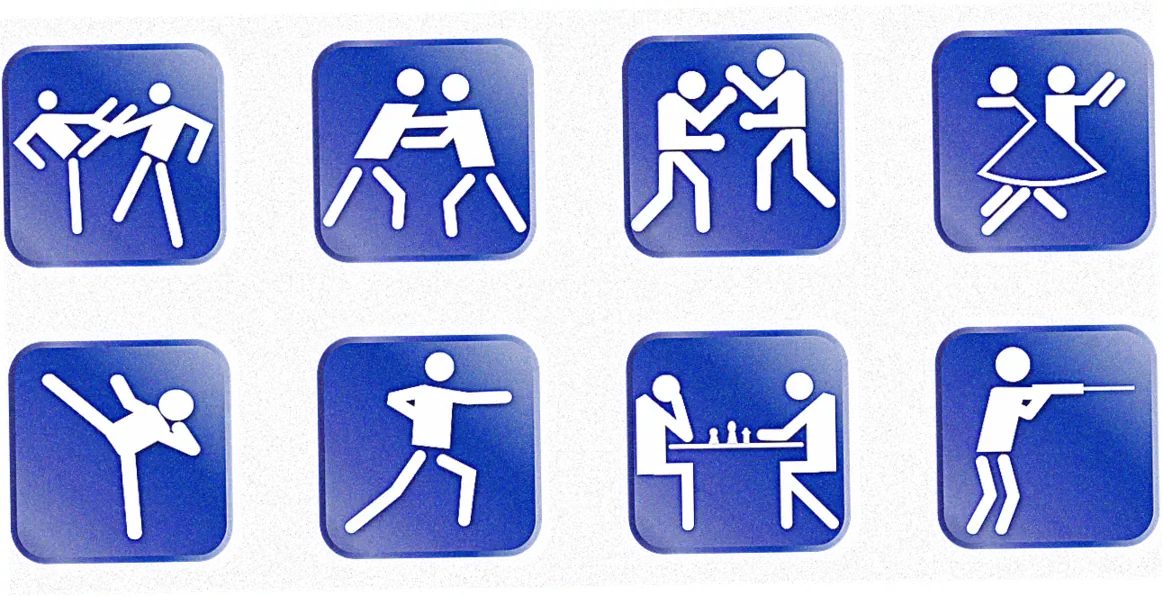
What equipment is needed for Tai Chi practice?
One of Tai Chi’s greatest advantages is its minimal equipment requirements. Unlike many fitness regimens that demand costly gear, Tai Chi primarily requires comfortable, non-restrictive clothing that allows free movement.
Traditional practitioners often wear flat-soled shoes (like kung fu slippers) for better ground connection, but any flexible, thin-soled athletic shoes work well. Some advanced practitioners use specialized training tools like Tai Chi swords or fans, but these are unnecessary for health-focused beginners.
For home practice, consider a non-slip mat if practicing on hard surfaces—though many prefer bare feet on natural surfaces like grass for enhanced proprioception. Some therapeutic programs incorporate resistance bands or small weights for added strength training, but these modifications should only be introduced under professional guidance. The most important equipment is actually your own body awareness—Tai Chi emphasizes sensing subtle weight shifts and alignment corrections that require no external tools.
Those practicing outdoors might invest in weather-appropriate layers, as Tai Chi generates internal warmth despite its gentle appearance. Many practitioners find keeping a practice journal helpful for tracking progress and noting insights during the cool-down period. While specialized clothing and accessories exist in martial arts supply stores, remember that Tai Chi’s essence lies in movement quality rather than equipment—a simple cleared space and committed mindset are truly all you need to begin.

How often should one practice Tai Chi for results?
Consistency matters more than duration when establishing a Tai Chi routine. Research suggests practicing at least three times weekly yields measurable health benefits, with many enthusiasts enjoying daily sessions.
Beginners often start with 10-15 minute practices, gradually increasing to 30-45 minutes as stamina improves. Unlike high-intensity workouts requiring recovery days, Tai Chi’s gentle nature permits (and even benefits from) daily practice when time allows.
For specific health conditions, optimal practice frequency varies. Studies on hypertension management typically use 30-minute sessions five times weekly, while pain management protocols often recommend three 20-minute sessions.
The key is regularity—even brief daily practice proves more beneficial than occasional long sessions. Many practitioners incorporate mini sessions throughout the day—a few minutes of mindful breathing and gentle movement during work breaks or while waiting.
Seasoned instructors advise listening to your body rather than rigidly adhering to schedules. Some days call for vigorous practice while others benefit from restorative, slow movements.
Traditional Chinese medicine principles suggest aligning practice with natural rhythms—more active forms in morning to energize, calming sequences in evening to unwind. The adaptability of practice duration and intensity makes Tai Chi uniquely sustainable as a lifelong health habit.
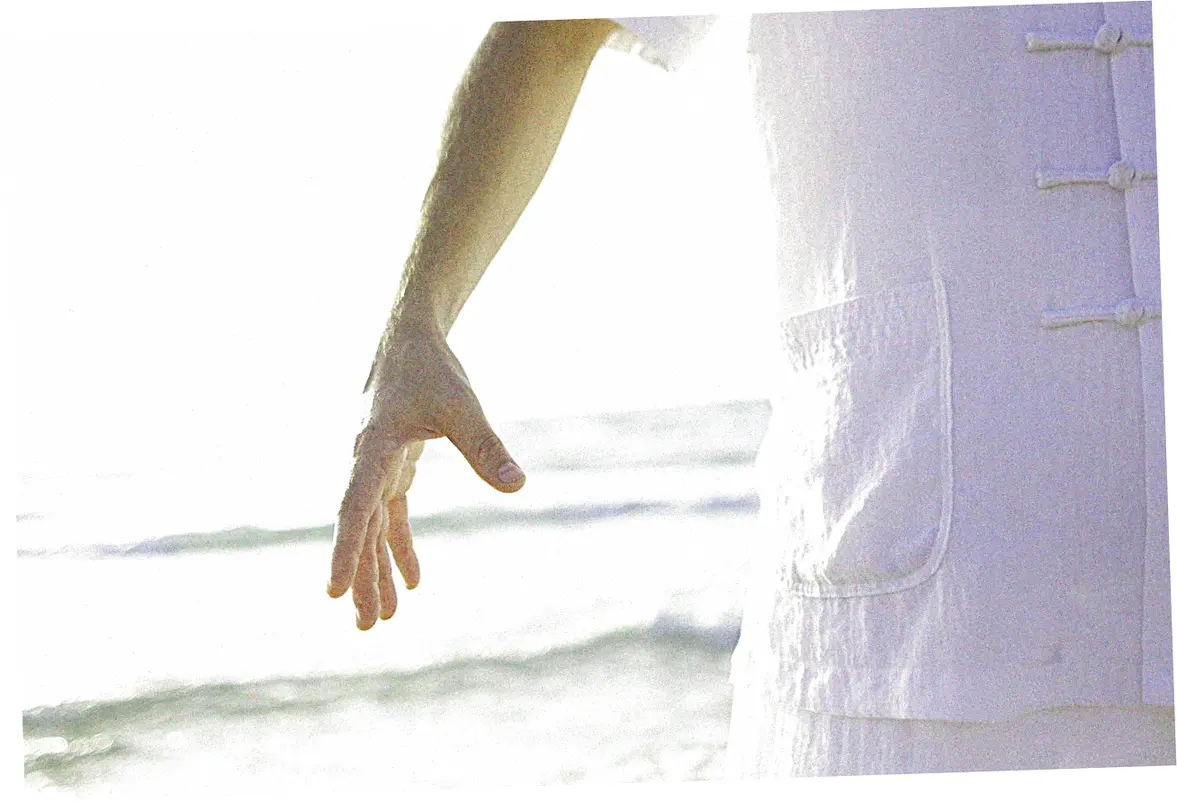
Can Tai Chi complement other exercise routines?
Far from competing with other fitness activities, Tai Chi synergizes beautifully with various exercise regimens. Athletes incorporate it to improve balance, prevent injury, and enhance recovery.
A 2019 study in the Journal of Sports Sciences found runners who added Tai Chi to their training showed improved running economy and reduced impact forces. The practice’s focus on proper alignment and mindful movement carries over to other activities, promoting safer technique across sports.
For strength trainers, Tai Chi offers dynamic stretching and core engagement that complements weightlifting. Its slow, controlled movements build functional strength—particularly in stabilizer muscles often neglected by conventional workouts.
Many yoga practitioners find Tai Chi provides similar mindfulness benefits with more emphasis on continuous flow between postures. The cross-training potential explains why elite athletes from divers to skiers increasingly include Tai Chi in their conditioning programs.
Perhaps most valuable is Tai Chi’s role in active recovery. Its gentle motions promote circulation that helps clear metabolic waste after intense workouts while the meditative aspect aids nervous system recovery. Many fitness professionals now recommend short Tai Chi sequences as cooldowns—a practice that simultaneously stretches worked muscles and transitions the mind from workout intensity back to daily life rhythms.
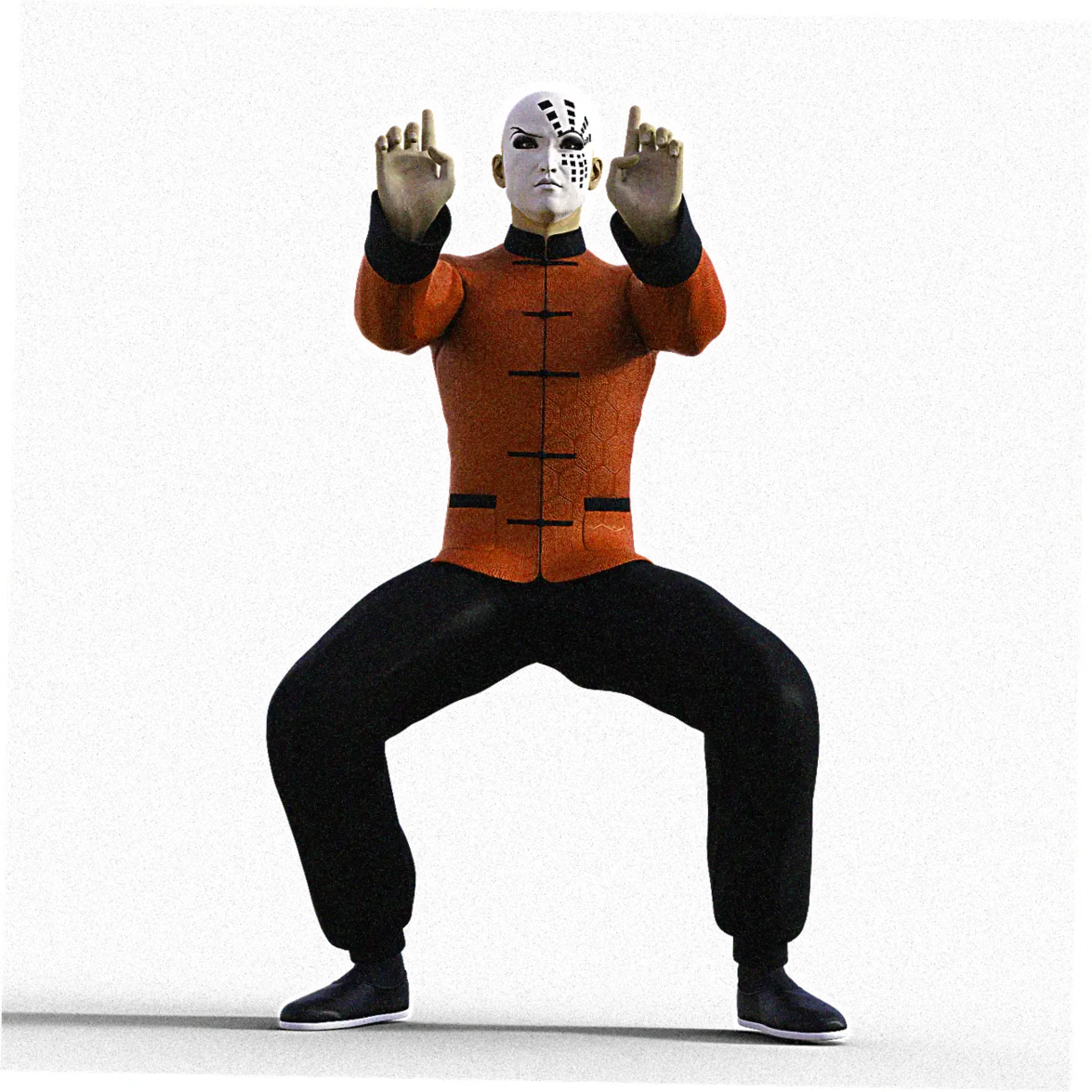
What scientific evidence supports Tai Chi benefits?
Modern research has produced robust evidence validating Tai Chi’s health claims. The National Center for Complementary and Integrative Health (NCCIH) maintains an extensive database of peer-reviewed studies demonstrating its efficacy for conditions ranging from osteoarthritis to depression. A landmark 2022 umbrella review in BMJ Open analyzed 504 studies and concluded Tai Chi shows consistent moderate-quality evidence for improving multiple health outcomes with minimal adverse effects.
Mechanistic studies using advanced imaging and biomarkers reveal how Tai Chi produces physiological changes. For example, UCLA research using fMRI scans showed increased connectivity in brain regions governing executive function after six months of practice.
Blood marker studies document reduced inflammatory cytokines and improved immune function in regular practitioners. Such objective measures complement the abundant anecdotal reports of improved wellbeing.
While early research focused primarily on elderly populations, recent studies confirm benefits across age groups. Pediatric trials show improved attention and emotional regulation in children with ADHD practicing modified Tai Chi.
Workplace studies demonstrate reduced burnout in high-stress professions when Tai Chi is incorporated into wellness programs. This expanding evidence base has led major medical institutions like the Mayo Clinic to include Tai Chi in their recommended integrative medicine approaches.
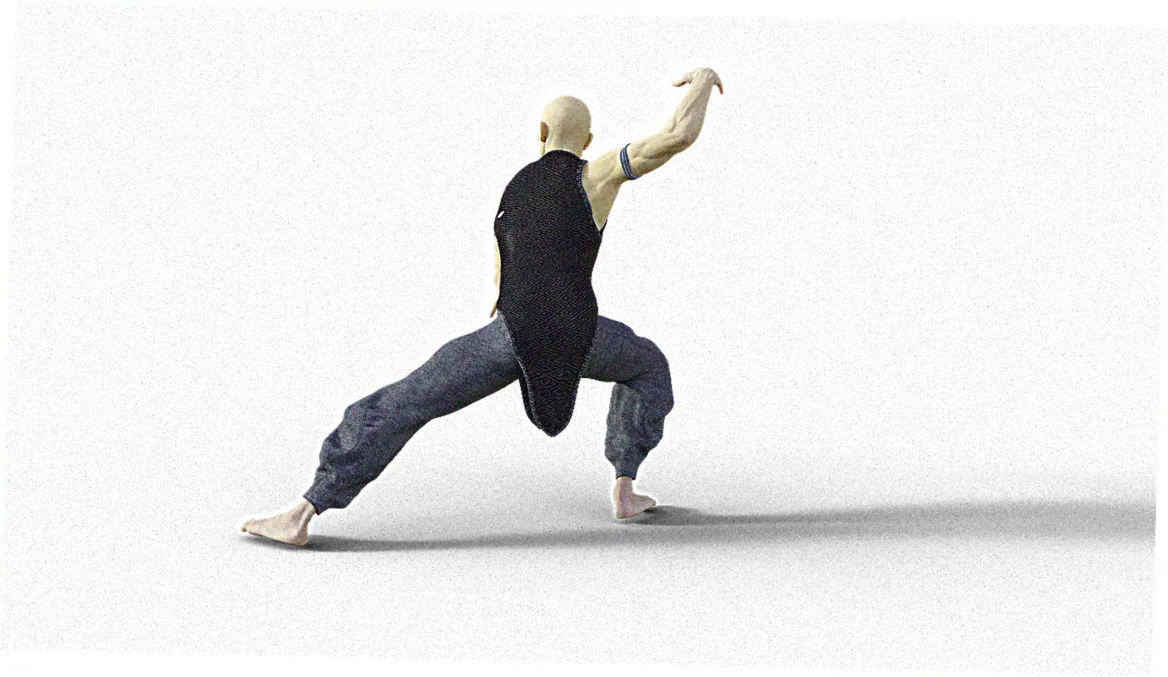
How does Tai Chi compare to other mind-body practices?
While sharing similarities with yoga, meditation, and qigong, Tai Chi offers distinct advantages for certain populations. Unlike yoga’s static holds, Tai Chi’s continuous flowing movements may be easier for those with joint stiffness.
Its weight-shifting nature provides more dynamic balance training than seated meditation, while being gentler than most aerobic exercises. For individuals intimidated by complex yoga poses or struggling with prolonged stillness in meditation, Tai Chi presents a middle path combining movement and mindfulness.
Compared to qigong—its closest relative—Tai Chi generally involves more complex movement sequences and greater lower-body engagement. While both practices coordinate breath and movement, Tai Chi’s martial arts origins lend it a stronger structural component emphasizing proper alignment under motion.
This makes it particularly valuable for posture correction and fall prevention. However, qigong may be preferable for those seeking simpler repetitive movements or focused energy work.
Ultimately, the best practice depends on individual needs and preferences. Many benefit from combining modalities—using yoga for flexibility, Tai Chi for balance and coordination, and seated meditation for focused awareness.
Trial classes in different disciplines can reveal which resonates most with your body and lifestyle. The common thread across all mind-body practices is their shared emphasis on cultivating awareness—whether through movement, breath, or stillness.
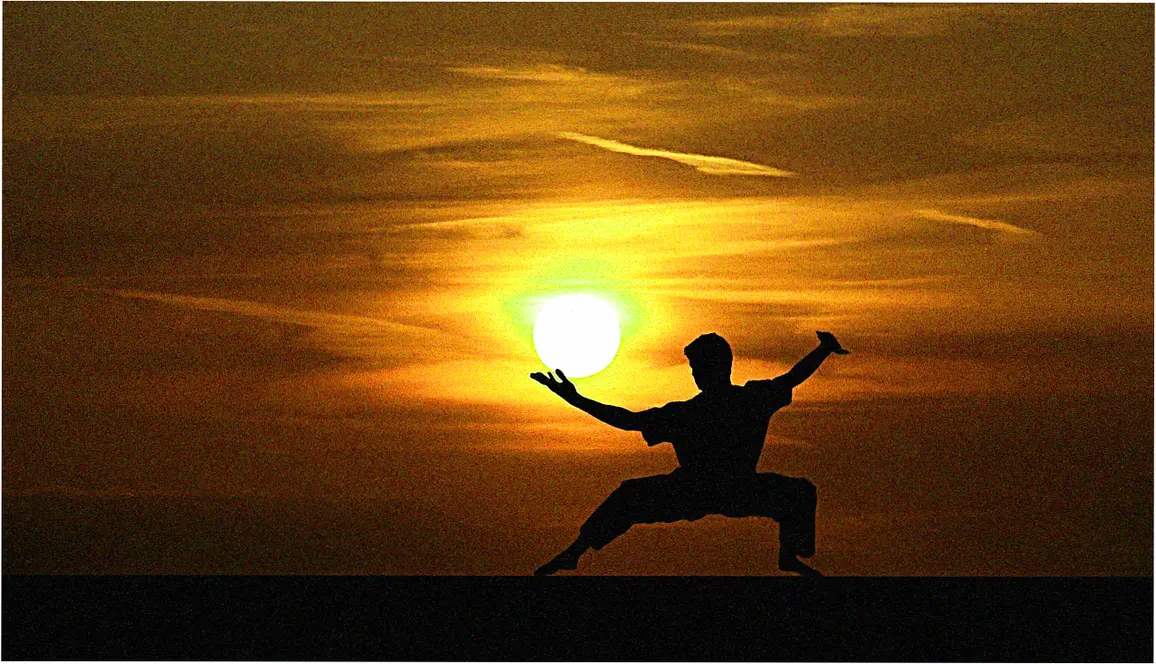
What precautions should beginners take with Tai Chi?
While Tai Chi is among the safest physical activities, certain precautions ensure positive early experiences. Those with significant health conditions should consult healthcare providers before starting—particularly individuals with severe osteoporosis, acute back pain, or uncontrolled hypertension.
Beginners often overestimate their flexibility; respect current limits and avoid forcing movements. Discomfort is normal when developing new muscle engagement, but sharp pain signals improper form or excessive strain.
Proper warm-up is essential even for gentle practices like Tai Chi. Cold muscles are more prone to subtle strains during the rotational movements.
Many instructors recommend light joint mobilization exercises before starting forms. Hydration matters too—while Tai Chi isn’t sweat-inducing like aerobic exercise, proper fluid intake supports the fascial stretching involved in many movements.
Environmental safety is often overlooked.
Practice on level, unobstructed surfaces with good traction. Outdoor practitioners should check for uneven terrain or hidden obstacles.
Those with balance challenges might position themselves near a wall or stable chair initially. Remember that Tai Chi is a gradual process—progress comes through consistent, mindful practice rather than pushing physical limits. Patience with the learning curve allows the practice’s benefits to unfold naturally over time.
In conclusion, Tai Chi offers a uniquely accessible pathway to enhanced physical, mental, and emotional wellbeing backed by growing scientific validation. Whether seeking pain relief, stress reduction, or improved vitality, this ancient practice delivers modern health benefits adaptable to virtually any lifestyle.
The journey begins with a single step—or in Tai Chi terms, a mindful weight shift. Why not explore local classes or reputable online instruction today? Your future self may thank you for embracing this gentle yet powerful health practice.
